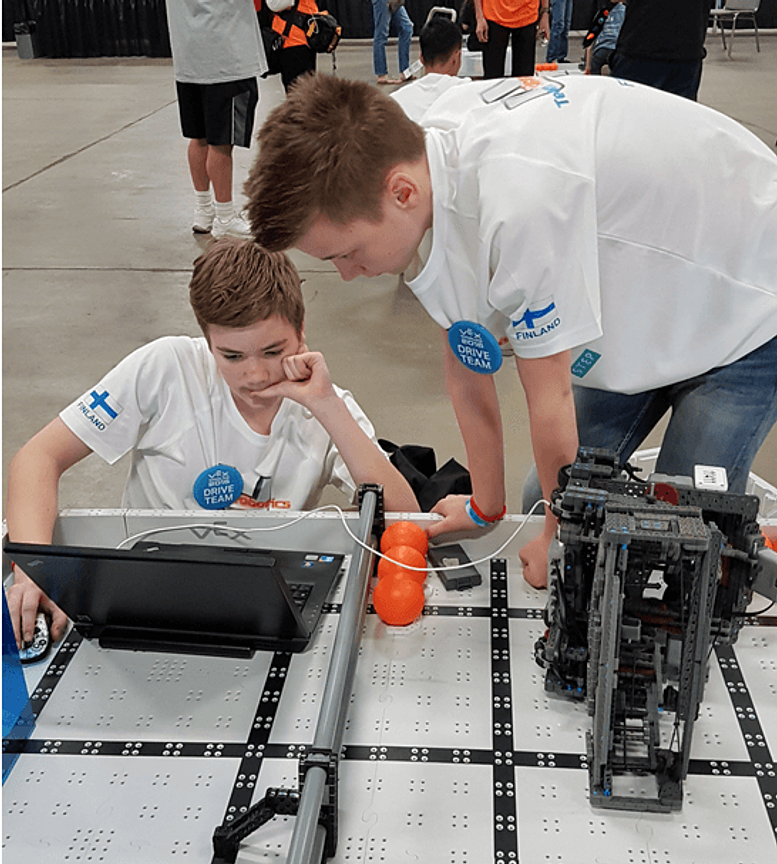Schools create education innovations all the time. The challenge is that success stories do not spread to other schools. This is due to a lack of leadership and a clear direction which are necessary for change to occur. Schools need resources to experiment new things. Otherwise nothing gets off the ground.
Municipalities or education providers must invest in planning, leadership and readjust their resources in order to implement new teaching modules into local curricula and integrate them to every local school successfully.
Some reforms require entirely new learning environments. If a municipality wants to implement these types of changes into every school, it must be done in an organized manner locally. Real change requires commitment from the municipality or the education provider.
Below, we present a model developed in Riihimäki on how to implement an education innovation into the local curriculum. The City of Riihimäki has 11 comprehensive schools and all of them committed to the program. The model was created in 2014 when Riihimäki decided to implement continuum model of robotics studies into all the local comprehensive schools.
The long-term goal is that students can continue with robotics studies commenced during basic education in any local upper secondary institutions as well as tertiary education institutions, both in vocational and academic settings.
These seven steps present the reform process on the municipal level. The steps can be applied to the implementation of any broad innovation or new teaching module into the municipality-specific curriculum working under a national core curriculum.



